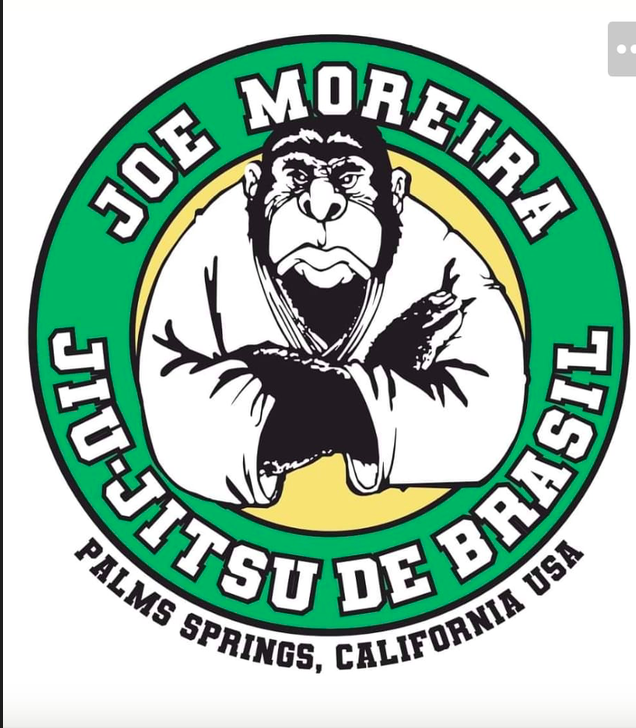

Higashi, the co-author of Kano Jiu-Jitsu wrote in the foreword. When Maeda left Japan, judo was still often referred to as "Kano jiu-jitsu", or, even more generically, simply as jiu-jitsu. "Jiu-Jitsu" is an older romanization that was the original spelling of the art in the West, and it is still in common use the modern Hepburn romanization of 柔術 is "jūjutsu". Fadda and his students were famous for influential use of footlocks and the lineage still survives through Fadda's links with today's teams such as Nova União and Grappling Fight Team. This lineage had been represented particularly by Oswaldo Fadda. Īlthough the Gracie family is typically synonymous with BJJ, another prominent lineage started from Maeda via another Brazilian disciple, Luiz França. Sibling Hélio Gracie gradually further developed Gracie Jiu Jitsu as a softer, pragmatic adaptation from judo that focused on ground fighting, as he was unable to perform many judo moves that require direct opposition to an opponent's strength. Maeda accepted Carlos as a student and Carlos learned for a few years, eventually passing his knowledge on to his brothers. In 1917 Carlos Gracie, the eldest son of Gastão Gracie, watched a demonstration by Maeda at the Da Paz Theatre and decided to learn judo. In 1916, Italian Argentine circus Queirolo Brothers staged shows there and presented Maeda. Gastão Gracie was a business partner of the American Circus in Belém.

Maeda left Japan in 1904 and visited a number of countries giving "jiu-do" demonstrations and accepting challenges from wrestlers, boxers, savate fighters and various other martial artists before eventually arriving in Brazil on November 14, 1914. Maeda had trained first in sumo as a teenager, and after the interest generated by stories about the success of Kodokan Judo at contests with other jujutsu schools that were occurring at the time, became a student of Jigoro Kano. Later, Mitsuyo Maeda was one of five of the Kodokan's top groundwork (newaza) experts that judo's founder Kano Jigoro sent overseas to demonstrate and spread his art to the world. He would go on to teach a number of individuals including Luiz França. Geo Omori opened the first jiu-jitsu / judo school in Brazil in 1909. 8.5 Jiu-Jitsu Great Masters (Sources of Jiu Jitsu).8.4 Jiu-Jitsu Grand Masters (10th degree Red Belts).8.3 Jiu-Jitsu Grand Masters (9th degree Red Belts).7.5 Cervical and spinal lock "neck cranks".


It is not solely a martial art it is also a sport, a method for promoting physical fitness and building character in young people, and ultimately a way of life. Since its inception in 1882, its parent art of judo was separated from older systems of Japanese jujutsu by an important difference that was passed on to Brazilian jiu-jitsu. Sparring (commonly referred to as "rolling" within the BJJ community) and live drilling play a major role in training, and a premium is placed on performance, especially in competition, in relation to progress and ascension through its ranking system. BJJ training can be used for sport grappling tournaments and in self-defense situations. īJJ promotes the concept that a smaller, weaker person can successfully defend themselves or another against a bigger, stronger, heavier assailant by using proper technique, leverage, and most notably, taking the fight to the ground, and then applying joint locks and chokeholds to defeat the opponent. Brazilian jiu-jitsu eventually came to be its own combat sport through the experiments, practices, and adaptation of judo and jujutsu through Carlos and Hélio Gracie (who passed their knowledge on to their extended family) as well as other instructors who were students of Maeda, such as Luiz França. Brazilian jiu-jitsu was formed from Kodokan judo ground fighting (newaza) fundamentals that were taught by a number of individuals including Takeo Yano, Mitsuyo Maeda ,Soshihiro Satake, and Isao Okano. Gracie-style Jujutsu)Ĭarlos Gracie, Hélio Gracie, Luiz França, Oswaldo Faddaīrazilian jiu-jitsu ( / dʒ uː ˈ dʒ ɪ t s uː/ Portuguese:, , ) ( BJJ Portuguese: jiu-jitsu brasileiro) is a martial art and combat sport system that focuses on grappling and especially ground fighting. Romulo Barral (bottom) at the World Jiu-Jitsu Championship in Long Beach, California, attempts a triangle choke.īJJ, Gracie Jiu-Jitsu, GJJ Japanese name: Gracie-ryu Jujutsu ( グレイシー流柔術, Gureishī-ryū Jūjutsu, lit.


 0 kommentar(er)
0 kommentar(er)
